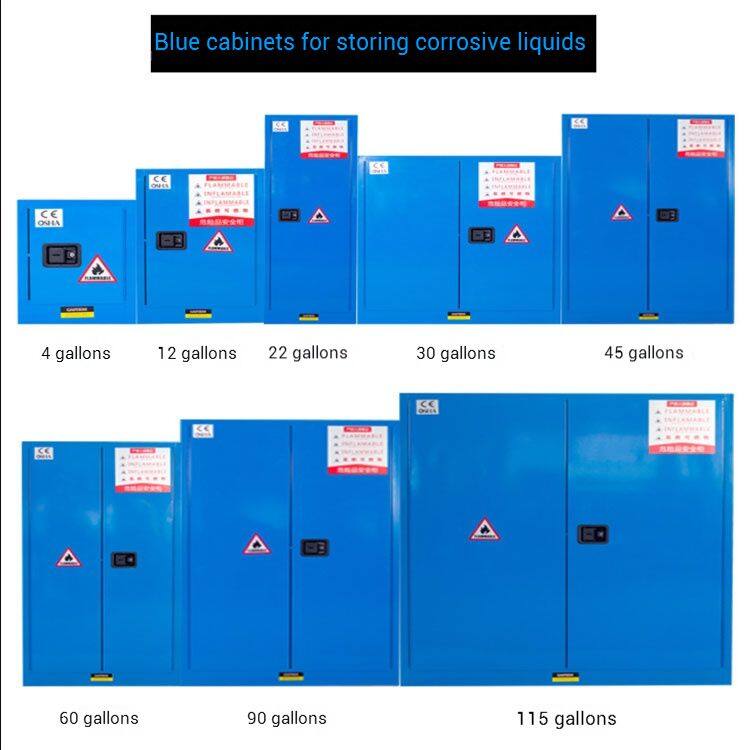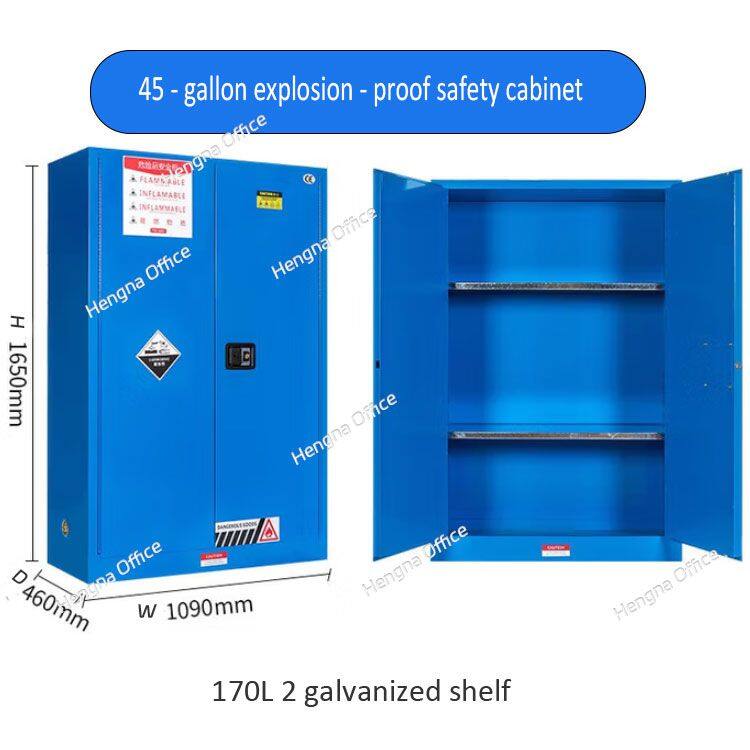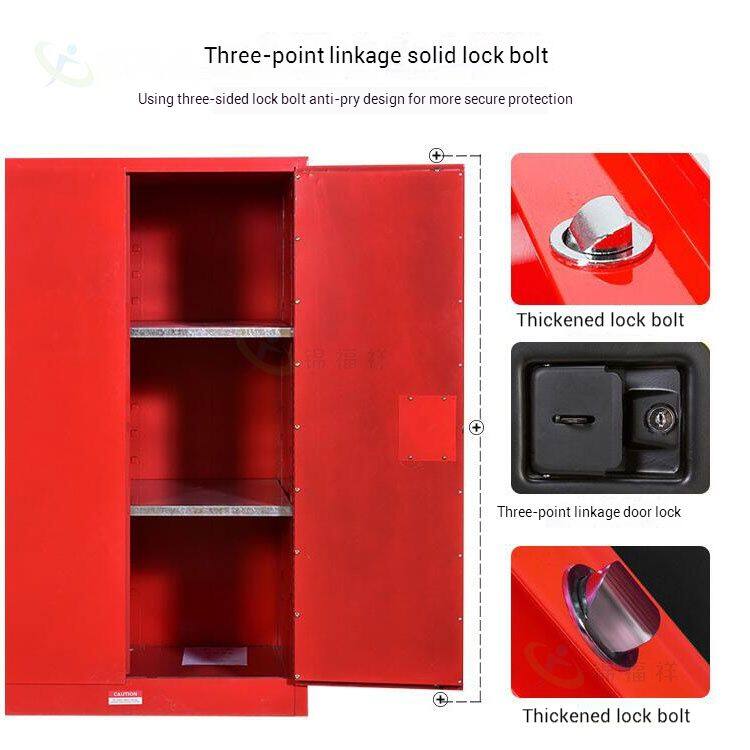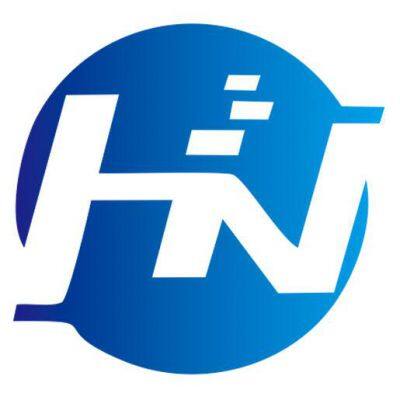-
 Sarah
Hi there! Welcome to my shop. Let me know if you have any questions.
Sarah
Hi there! Welcome to my shop. Let me know if you have any questions.
Your message has exceeded the limit.

Lifecycle Management: Maximizing Safety Cabinet Performance and Longevity
2025-10-28 15:54:56
Safety storage cabinets represent significant capital investments that, when properly managed, provide reliable service for 15-20 years. However, the total cost of ownership extends far beyond the initial purchase price, encompassing maintenance, efficiency losses, and eventual replacement. Strategic lifecycle management can extend cabinet service life by 40-60% while maintaining optimal safety performance.
Lifecycle Cost Breakdown:
Initial Investment: 25% of total lifetime cost
Maintenance and Inspection: 35% of total lifetime cost
Operational Efficiency: 20% of total lifetime cost
Replacement and Disposal: 20% of total lifetime cost
Preventive Maintenance Architecture: Proactive Performance Management
Daily Visual Inspection Protocol
Critical Checkpoints:
Door Operation: Smooth opening and closing without binding
Lock Functionality: Proper engagement and smooth operation
Visual Integrity: No dents, damage, or corrosion
Label Clarity: Readable hazard identification
Surrounding Area: Clear access and proper spacing

Documentation Requirements:
Daily Log Sheets: Consistent record keeping
Photographic Documentation: Visual condition tracking
Issue Reporting: Immediate problem documentation
Corrective Action Tracking: Resolution verification
Weekly Maintenance Systems: Ensuring Optimal Performance
Comprehensive Inspection Checklist:
Exterior Surface Assessment: Paint integrity, corrosion signs
Interior Condition Evaluation: Cleanliness, spill residue
Ventilation System Verification: Airflow, obstruction check
Shelving Security Check: Stability, attachment integrity
Seal Integrity Test: Door closure effectiveness
Cleaning and Maintenance Procedures:
Surface Cleaning: Chemical-appropriate cleaning agents
Ventilation Maintenance: Duct and vent cleaning
Hardware Lubrication: Lock and hinge maintenance
Label Refresh: Worn or faded marking replacement
Interior Inspection: Leak or damage assessment
Monthly Professional Service: Technical Excellence Maintenance
Specialized Maintenance Requirements:
Lock Mechanism Calibration: Precision adjustment and testing
Ventilation Performance Testing: Airflow measurement and optimization
Structural Integrity Assessment: Weld and seam inspection
Seal Replacement: Worn gasket renewal
Hardware Tightening: Fastener torque verification
Performance Benchmarking:
Temperature Monitoring: Internal temperature tracking
Humidity Control: Moisture level verification
Airflow Measurement: Ventilation system performance
Security Testing: Lock mechanism effectiveness
Structural Assessment: Cabinet integrity verification
Quarterly Comprehensive Audits: System Performance Evaluation
Detailed Assessment Protocol:
Structural Analysis: Complete cabinet integrity evaluation
Safety Feature Testing: All protection systems verification
Operational Efficiency: Workflow optimization assessment
Space Utilization: Storage efficiency analysis
Annual Strategic Review: Long-Term Planning
Comprehensive Evaluation Framework:
Lifecycle Cost Analysis: Total cost of ownership review
Performance Trend Analysis: Historical data evaluation
Technology Assessment: Upgrade opportunity identification
Future Needs Planning: Capacity and feature requirements
Replacement Planning: End-of-life preparation
Strategic Decision Points:
Continue Operation: Extended service justification
Upgrade Enhancement: Modernization investment
Replacement Planning: New acquisition preparation
Repurposing Opportunities: Alternative use identification

Component Lifecycle Management
Wear Item Replacement Schedule:
| Component | Expected Lifespan | Replacement Indicators |
|---|---|---|
| Door Seals | 5-7 years | Cracking, compression set |
| Lock Mechanisms | 8-10 years | Difficulty operating, wear |
| Hinges | 10-12 years | Sagging, binding |
| Ventilation Filters | 2-3 years | Reduced airflow, visible debris |
| Shelving | 15-20 years | Corrosion, deformation |
Upgrade Opportunities:
Enhanced Security: Improved locking mechanisms
Monitoring Integration: Sensor and connectivity additions
Ventilation Upgrades: Advanced airflow systems
Accessibility Improvements: Ergonomic enhancements
Budget Planning Considerations:
Preventive Maintenance: Scheduled investment allocation
Corrective Repairs: Contingency fund planning
Component Replacement: Lifecycle budgeting
Technology Upgrades: Modernization investment planning
Replacement Reserve: End-of-life preparation
Future-Ready Maintenance Strategies
Predictive Maintenance Technologies:
IoT Sensors: Real-time performance monitoring
AI Analytics: Failure prediction algorithms
Digital Twins: Virtual performance modeling
Automated Scheduling: Optimized maintenance timing
Mobile Applications: On-demand access to maintenance data
By implementing comprehensive lifecycle management strategies, organizations can maximize the value, safety, and longevity of their safety storage cabinet investments while ensuring optimal performance throughout the equipment’s service life.
Tags: Maximizing Safety Cabinet, Safety Cabinet Performance and Longevity

